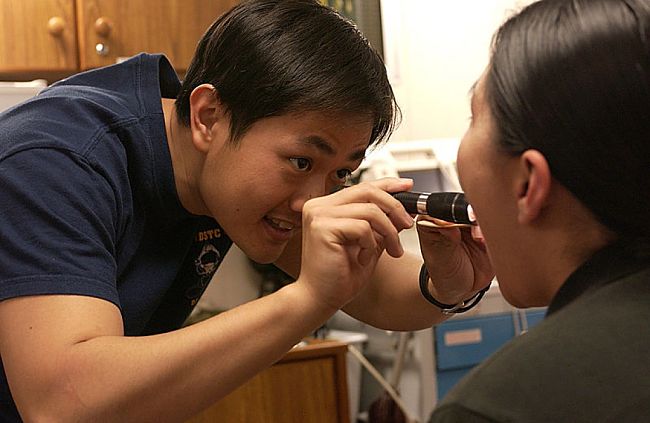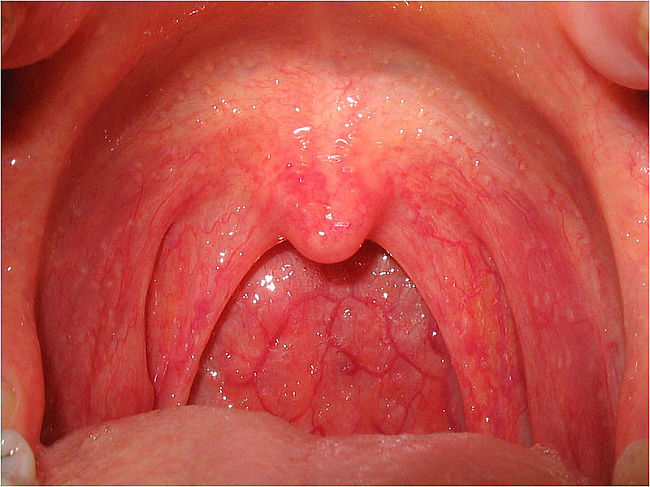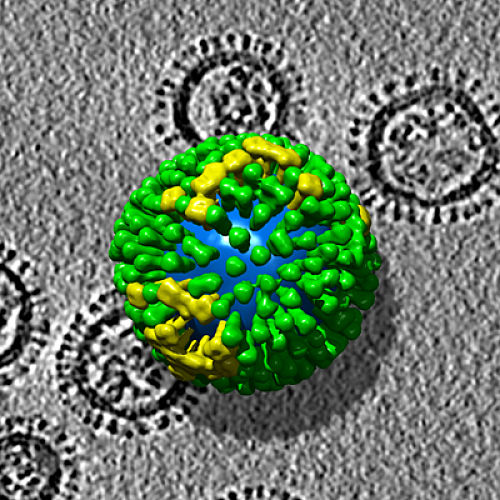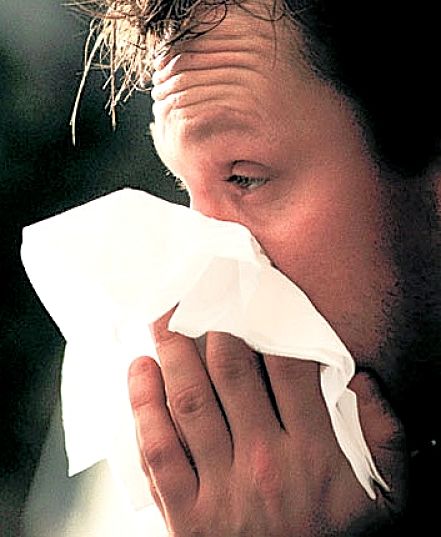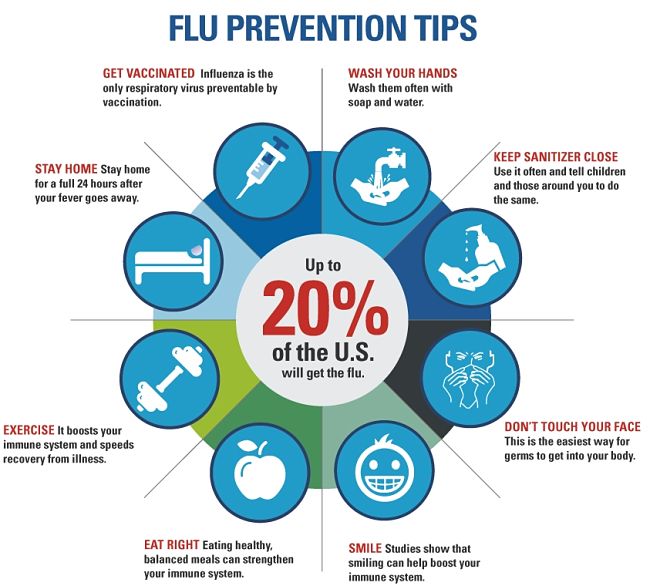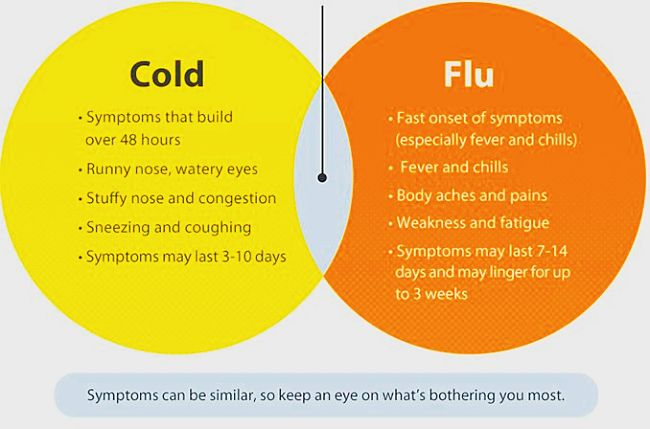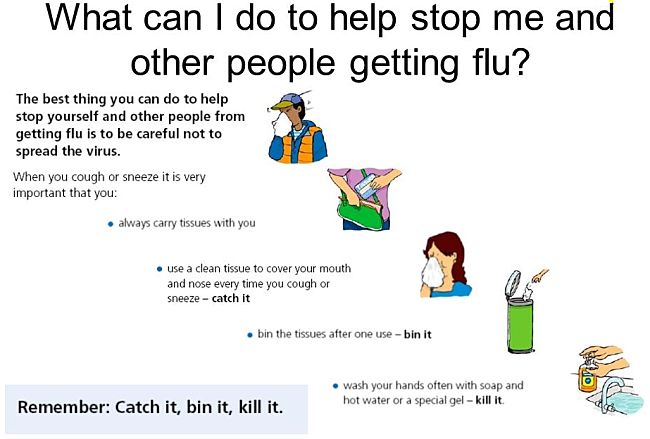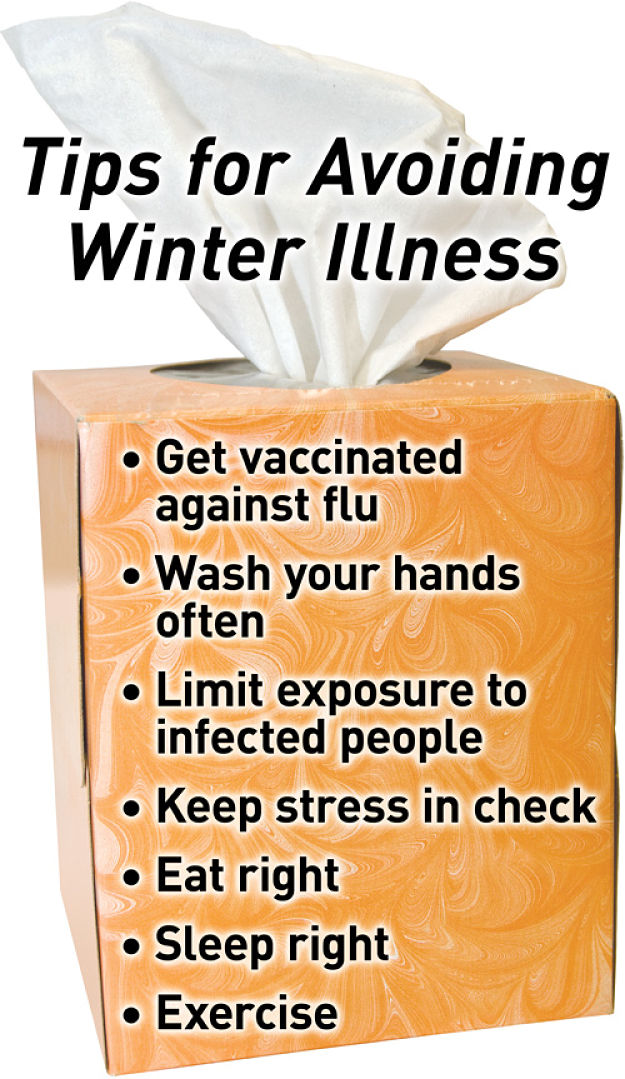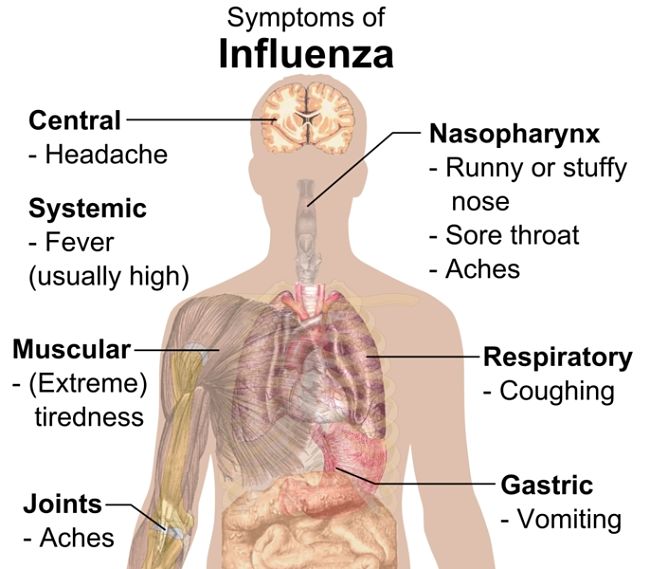How to Stop Getting Flu - Your Friends are More Likely Sources than Children
A recent study of a Flu outbreak has broken some of the common beliefs about how Flu spreads and how it can be controlled - blame your friends, not you child and your child's general network of friends, not the person they sit next to in class.
If you or your child came down with Flu during the swine flu or H1N1 outbreak in 2009, you may have blamed the wrong person for giving it to you, or pointed to the failure of the wrong prevention strategy.
A recent study of a 2009 flu epidemic at a school in Pennsylvania, USA, has found that most children did not get the flu by sitting near an infected classmate; neither did most parents get it from their children.
Closing the class to prevent transmission would only work if it was done very early in the episode this study show it may not have been very effective.
The most likely source of Infection is the workplace and there are many things you can do to prevent picking up infections on your hands and getting infected through hand contact with the mouth and eyes.
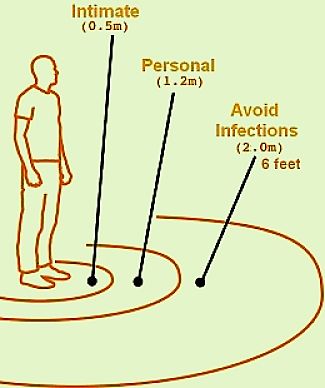
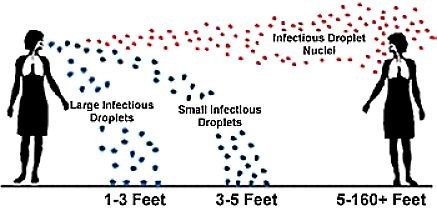
Who to Blame When You Get the Flu?
Adults who get the flu mostly blame their own children but this also appeared to be unlikely.
Transmission depended on more complex social interactions with waves of transmission occurring back and forth with the general school community.
The study, published online in the Proceedings of the National Academy of Sciences, the found that closing the school after the epidemic started did slow the spread of the disease and the rate of transmission.
However the study found that the most common way the disease spread was a through an individual's network of friends that operated inside and outside of the school.
The title of the study is:
Role of social networks in shaping disease transmission during a community outbreak of 2009 H1N1 pandemic influenza by Simon Cauchemez, et al. (2010)
Researchers studied an outbreak of H1N1 at an elementary school and collected very detailed information on exactly who got sick and when.
The data were collected for 370 students from 295 households. About 35% of the students in the school and more than 15 percent of their contacts at home came down with flu.
The most detailed information was gathered from fourth-graders, the group most affected by the outbreak.
They also looked at seating arrangements, activities and social network. They were able to use statistical techniques to trace the spread of the disease from one person to the next. Their report found that:
- The grade and class and structure had a major effect on transmission rates. Transmission was 25 times greater among classmates that between children in different grades (see Figure).
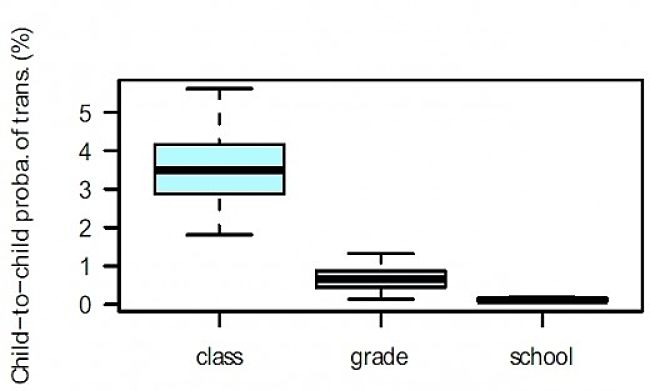
Children May not be the Source of Flu Infections
- School-aged individuals (6–18 old) facilitated the introduction of influenza into households, but transmission from outside the household was the predominant source of infection for all age groups and only about one in five cases aged >18 y old was infected by a school-aged household member. The source of infection may have been a student from another family, but this was not tested. (see Figure).
- The 4th grade students had the highest infection rates (see Figure).
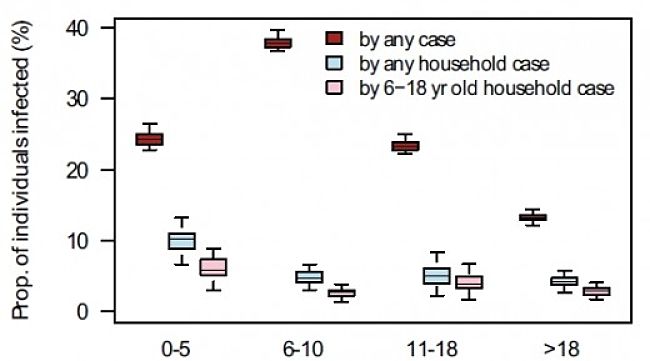
- Sitting next to a student who was infected did not significantly increase the chances of catching flu (unexpected), though the classroom was a likely source. General social networks were found to be a more significant for transmission than the seating arrangements in class.
- Students were four times as likely to play with children of the same sex as with those of the opposite sex, and following this pattern, boys were more likely to catch the flu from other boys, and girls from other girls. However transmission between playmates at school was not found to be significantly different than from other associates.
- The transmission tree showed that there were back-and-forth waves of transmission between the school, the community, and the households.
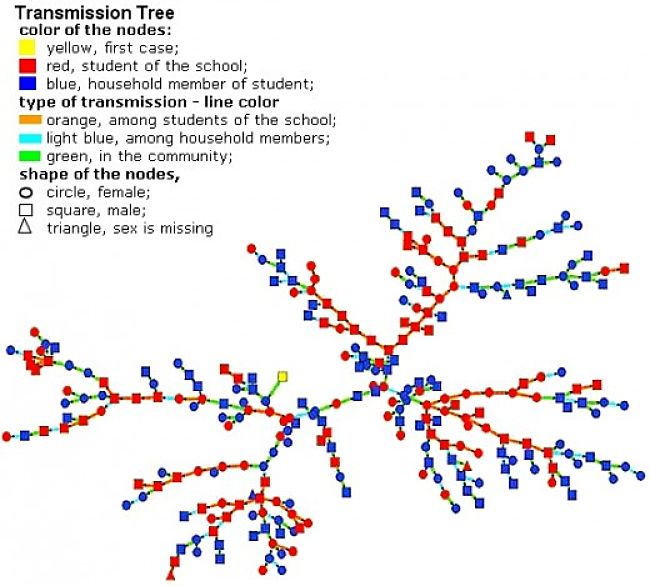
- It is likely that a substantial proportion of transmission among students of the school took place in the school. However students also met and transmitted the virus to each other outside the school, and the study could not distinguish between the two.
The progress of the disease from day to day followed this pattern of social interactions: from May 7 to 9, the flu spread mostly among boys; from May 10 to 13 mostly among girls.
The study was able to quantify the relative role of social networks in spreading the disease.
- Thirty-eight percent of children 6 to 10 were infected, compared with 23 percent of 11- to 18-year-olds and 13 percent of those older than 18. This confirmed that the spread of the infection was through the social networks of the younger children.
- Adults were only about half as susceptible as children, but when they got sick they were just as likely to transmit the virus to others in their social groups.
- The school closed from May 14 to 18, but there was no indication that this slowed transmission. It may already have been too late - May 14 was the 18th day of the outbreak, and 27 percent of the students already had symptoms. Transmission rates did not fall after the school was closed.
- Schools have to be closed much earlier in an epidemic to have any effect on disease transmission.
- Only 1 in 5 adults caught the illness from their own children. School-aged individuals (6–18 y) did introduce and spread of influenza in households, but only about one in five cases aged >18 y was infected directly by a school-aged household member. This was contrary to what was expected. It also refuted the claim that closing schools would help prevent the disease from spreading from the school to households.
Conclusion
The study found that Elementary school children spread the flu most actively in their classrooms and among their group of close friends, with boys predominantly spreading the virus to other boys, and girls to other girls.
This virus spreads very quickly among school-age children and this study may help to develop better strategies to prevent its spread by focusing on the early detection of symptoms and interrupting these social networks.
Sitting next to a case or being the playmate of a case did not significantly increase the risk of infection; but the structuring of the school into classes and grades strongly affected spread.
Clearly defined social networks affect influenza transmission and the study showed strong interactions between various places with back-and-forth waves of transmission occurring between the school, the community, and the household.
Related Articles
=> How Infections Spread in the Workplace - Sites, Causes, Prevention Strategies
=> Garlic controls fungus infections - Including Thrush (Candida) & Athlete's foot (Tinea)
